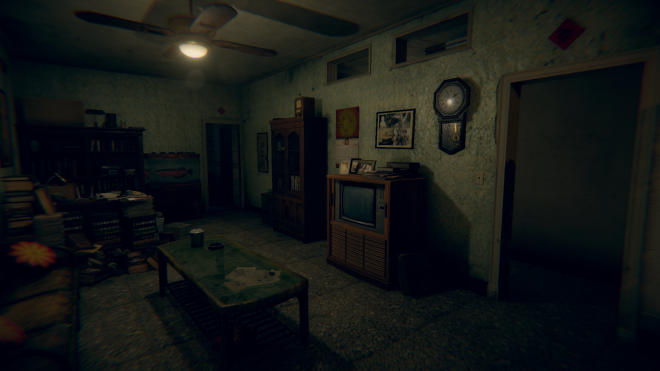Fighting Games Friday: It’s No Surprise That Dead or Alive 6 Didn’t Actually Dial Back the Fanservice

With its status as a sequel, Dead or Alive 6 arrived today with several changes compared to its predecessors. Some are gameplay-related, but the most discussed among these involved the toned-down sexualization. The default outfits for the female characters are noticeably more conservative compared to their normal threads in previous installments, including for those who’ve been with the franchise since it debuted over 20 years ago. Kasumi is the biggest example, whose blue dress (which is a cloth, really) was replaced with a black ninja bodysuit. This didn’t apply to every character, but happened to enough that it was noticeable.
But in a shocking twist, Team Ninja didn’t actually tone everything down. They instead hid the fanservice so the more dedicated audience could find them while the audience that didn’t want to see them could ignore it. This should have been expected.

There were hints that DOA6 would actually include the fanservice it was known for when it was advertised at Tokyo Game Show in September, where the developer and publisher Koei Tecmo felt no need to hide its more salacious features. This is where Marie Rose and Honoka were revealed, who represent the Lolita (though don’t worry, she’s totally 18) and stacked schoolgirl archetypes, respectively. It was also shown that Kasumi’s classic blue dress cloth would available as an extra outfit. This implied that all the well-known fanservice outfits from previous games would be extra options for other characters too, like Ayane and buxom American blonde Tina Armstrong.
Like previous games, DOA6 has plenty of unlockable outfits, with the female characters receiving the overwhelming bulk of them. Unlike them, however, breast physics are tied to specific outfits. The more practical outfits provide minimal bouncing, while the revealing ones increase the bouncing, since they know which audience is using those outfits. It’s okay, I won’t judge — unless you really like Marie Rose.
Interestingly, director and producer Yohei Shimbori implied to Eurogamer’s Wesley Yin-Poole that he really didn’t want to implement all the fanservice back into the DOA series with this game. He mentioned how he wanted the team to prioritize making a serious fighting game with a challenging gameplay system, though would still be simultaneously easy enough for neophytes to jump in. He’s frustrated at the debates surrounding the game, which he blamed on the Dead or Alive Xtreme volleyball spinoff titles. Shimbori wants the media to focus on the core game systems rather than the sexuality debate around them. Fortunately, that has been the focus, but this situation is big enough that it can’t be ignored.

He also explained how some of the breast physics weren’t implemented in an earlier build because they simply weren’t ready yet, since the development team had to learn how to program certain features during its production after moving to a new engine. It’s very interesting that certain fans were attentive enough to notice this.
This isn’t the first time Shimbori fought and lost this battle, as the development team tried their best to push the original Dead or Alive 5 as a serious fighting game. The default outfits weren’t quite as toned down as they are for this game, but their “I’m a Fighter” campaign focused on the gameplay systems over the fanservice. They even included Virtua Fighter guest characters to lure in big fighting game fans. But it wasn’t enough, and the developers fell back on their ever-reliable otaku audience through updates and expensive downloadable content outfit packs.
In fact, that audience is exactly why the team felt they had no choice but to include the fanservice here. There’s a chance they could reach a more serious fighting audience, but it would have been too risky to alienate the deep-pocketed fans they already have.

Let’s also be honest as to who this move was also aimed towards. The audience that wants less overt fanservice in games was only one of the targets; the other was the tournament audience. Several organizations with sponsors don’t want salacious content on their streams, and request for players to use more “Safe for Work” outfits while playing. Instead of taking time for players to search through the best SFW outfits to choose from, the default outfits will work fine for every character this time.
There was no way for Shimbori and his team to satisfy both audiences they’re targeting adequately, but give them credit for giving it an honest shot. At the very least, everyone involved has received an enjoyable game that includes several new features to make its fighting system easier to learn while removing some annoying aspects, through DOA’s fundamental gameplay systems weren’t sacrificed.
The game launched with a good amount of content, though some is coming through free DLC, like, uh, lobbies. The insanely-priced DLC will arrive over the next several months, which will include guest characters Mai Shiranui and a currently-unspecified character from The King of Fighters XIV, along with several outfits. Try and have fun.





